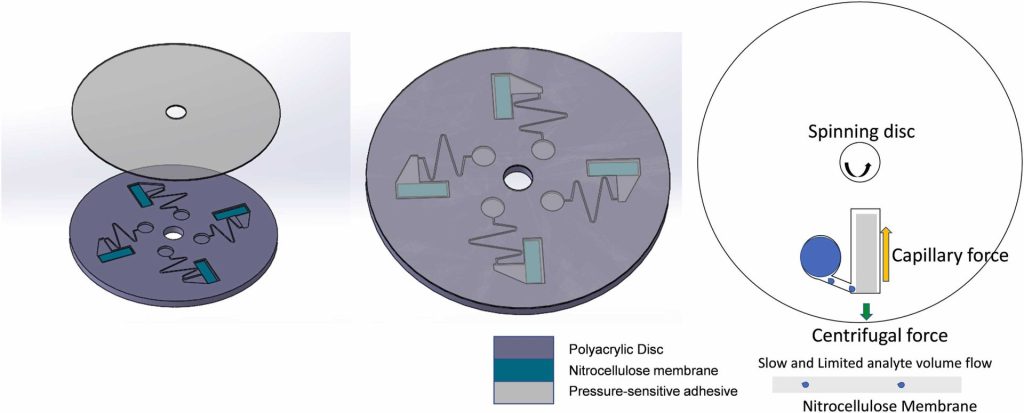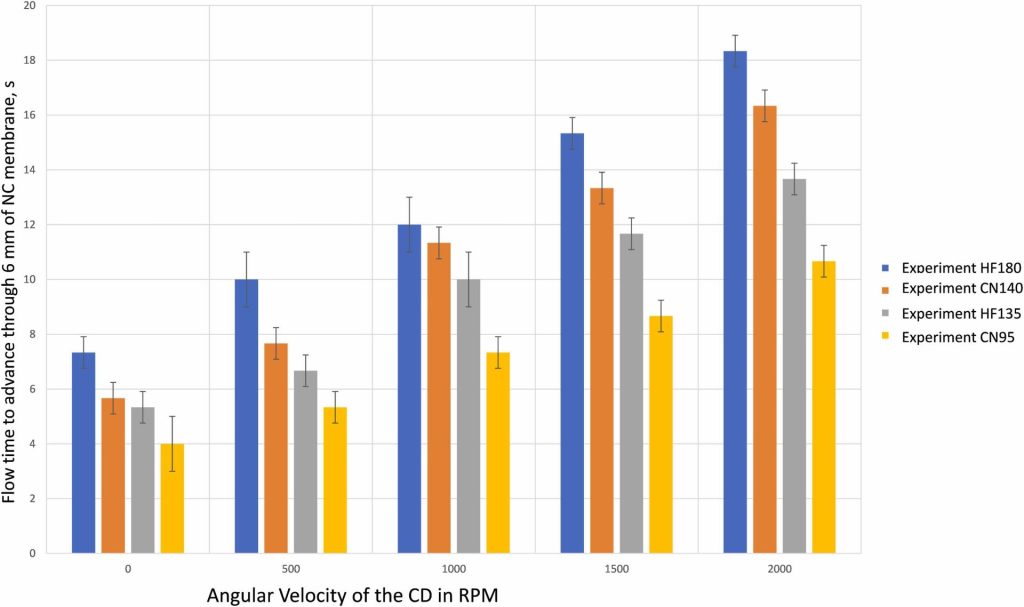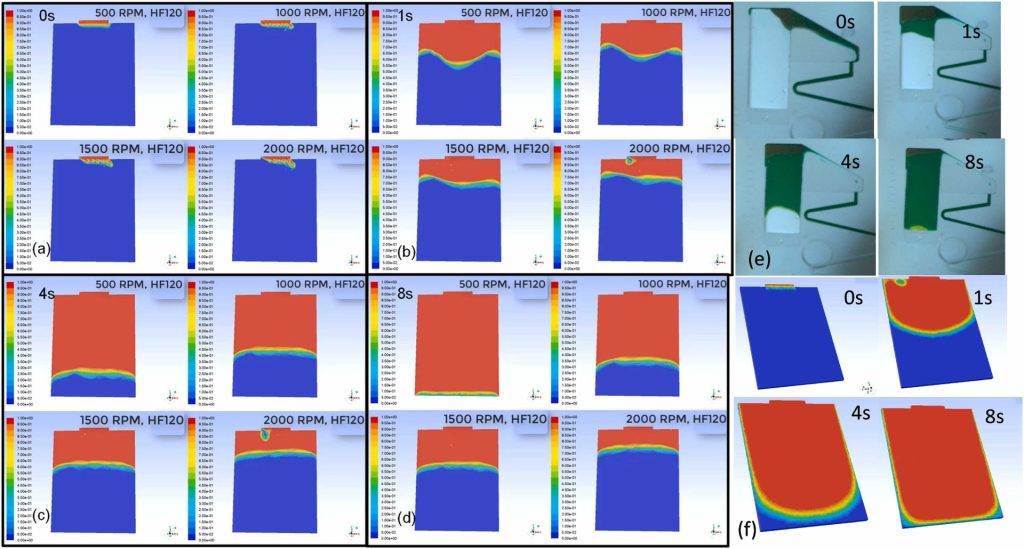Our work on a novel soft matter printer designed to print conformal layers over curved surfaces was published by Micromachines journal.
This work is a result of collaboration between the BiNoM Lab and the Khersdvar Research Group. The novel printer developed and patented by Professors Kheradvar and Kulinsky aims to be used in applications such as cell-coated heart valves and other cutting-edge biological devices.
R. S. Trigo Torres, L. Kulinsky, and A. Kheradvar, “Characterization of the Coating Layers Deposited onto Curved Surfaces Using a Novel Multi-Nozzle Extrusion Printer”, Micromachines, 16 (5): 505 (2025)
https://www.mdpi.com/2072-666X/16/5/505




Over the past two decades, additive manufacturing has advanced significantly, enabling rapid fabrication of functional components across various applications. In medical devices, it has been used for prototyping, prosthetics, drug delivery platforms, and more recently, tissue scaffolding. However, current technologies face challenges, particularly in depositing conformal layers over curved surfaces. This study introduces a novel multi-nozzle extrusion printer concept designed to deposit soft gel layers onto curved surfaces. A custom clearance locking mechanism enhances the printer’s ability to achieve conformal coatings on both flat and curved substrates. We investigate key deposition parameters, including displacement volume and nozzle configuration, while comparing two deposition sequences: “Press and Express” and “Express and Press.” Our results demonstrate that the “Express and Press” technique yields more uniform, merged conformal layers than the “Press and Express” method. This technology holds promise for further refinement and potential applications in tissue engineering.



















































































































































































































































































You must be logged in to post a comment.